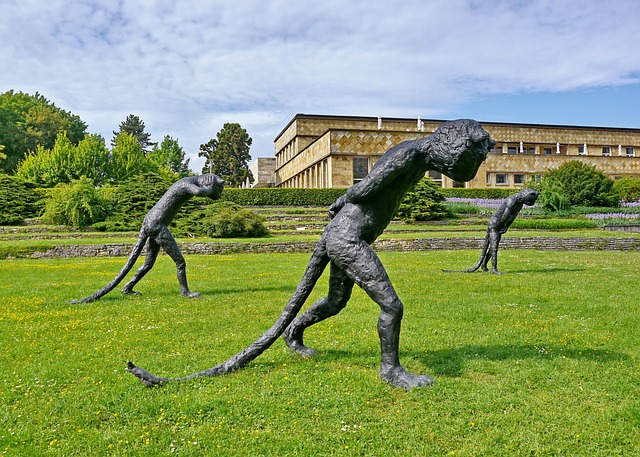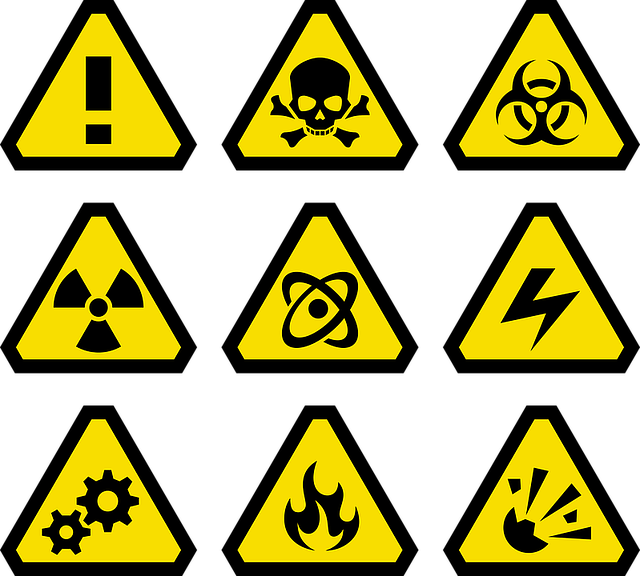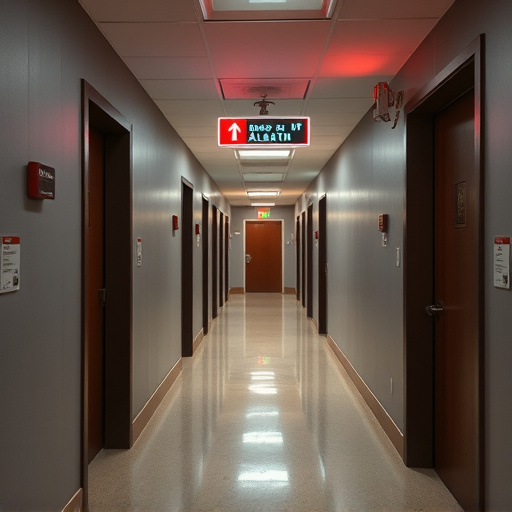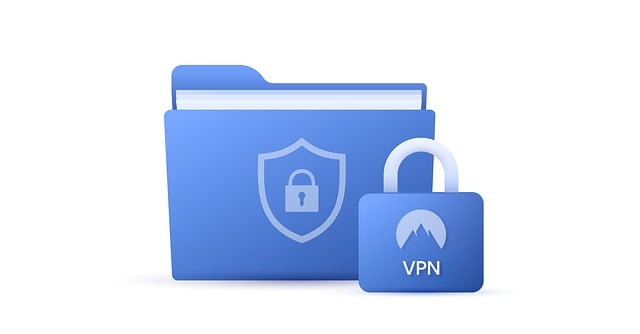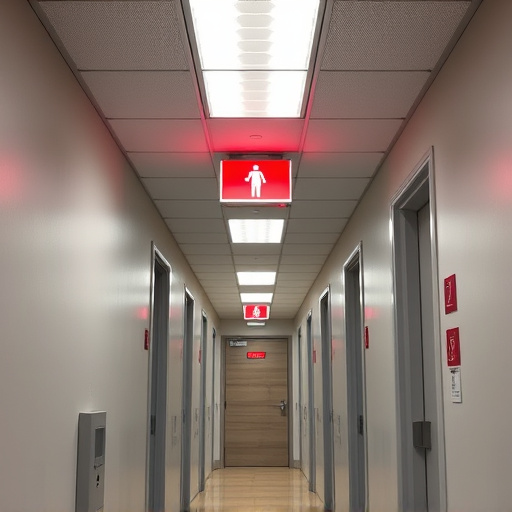Regularly assessing your environment and identifying potential hazards is a crucial simple self-defense method. Mastering basic blocks, strikes, and kicks empowers individuals to protect themselves. Carrying essential tools like pepper spray or multi-tools enhances physical protection. Trusting your instincts and recognizing signs of danger are accessible defenses. Staying informed about local resources and emergency contacts boosts personal security. Incorporating awareness, safe routes, and personal hygiene into daily habits enhances confidence and well-being.
“Enhance your personal safety with practical, DIY strategies for a secure lifestyle. This guide unveils six powerful yet simple measures to safeguard yourself in today’s world. From assessing your environment and mastering basic self-defense skills to carrying essential tools and trusting your instincts, these tips empower you to navigate potential dangers. Discover how staying informed about local resources and adopting good personal habits can revolutionize your daily security routine, making simple self-defense methods your secret weapon.”
- Assess Your Environment: Stay Aware of Your Surroundings
- Basic Self-Defense Skills: Learn Simple Techniques
- Carry Essential Tools: Protect Yourself with Essentials
- Trust Your Instincts: Recognize and Respond to Danger
- Stay Informed: Know Local Safety Resources
- Practice Good Personal Habits: Enhance Security Daily
Assess Your Environment: Stay Aware of Your Surroundings

Assessing your environment is a fundamental aspect of personal safety, serving as the first line of defense against potential threats. It’s about being mindful of your surroundings and taking note of potential hazards or suspicious activities. Before heading out or even while at home, take a moment to observe and evaluate your location. Look for any obvious signs of danger, such as poorly lit areas, secluded spots where attackers might hide, or places that offer easy access for escape or emergency services.
Being aware of your surroundings involves more than just seeing what’s in front of you; it’s about developing a sense of intuition and noticing even the slightest details. Pay attention to people and their behavior—someone loitering in an alleyway might not be a threat, but they could also be up to no good. By staying alert and regularly assessing your environment, you’re implementing one of the most effective simple self-defense methods available, ensuring that you’re prepared for any eventuality.
Basic Self-Defense Skills: Learn Simple Techniques
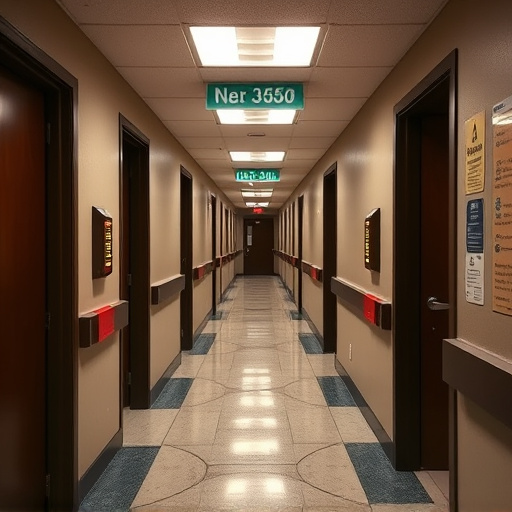
Mastering basic self-defense skills is an empowering step towards personal safety. Start by learning simple techniques like blocks, strikes, and kicks. These fundamental moves can help deter potential attackers and give you valuable time to escape. There are numerous online resources and classes available that teach accessible and effective self-defense methods suitable for everyone, regardless of fitness level or experience.
Incorporating these simple self-defense methods into your routine can boost your confidence and peace of mind. Remember, preparation is key; practice these techniques regularly to ensure you’re comfortable and confident in their execution when needed.
Carry Essential Tools: Protect Yourself with Essentials
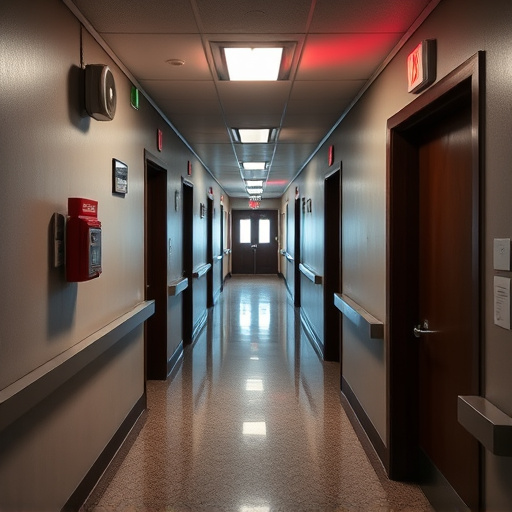
Carrying essential tools is a straightforward yet effective simple self-defense method for anyone looking to enhance their personal safety. These tools can range from basic items most people already own to specialized gadgets designed for protection. For instance, a simple pepper spray can be easily slipped into your pocket or bag and proves invaluable in deterring potential attackers. Similarly, a compact multi-tool or even a sturdy flashlight can serve as effective weapons and help you escape dangerous situations.
Additionally, consider learning basic first aid skills, which could make all the difference in an emergency. Having knowledge of how to treat minor injuries or administer CPR could save lives, including your own. These simple self-defense methods are not just about physical protection; they also boost your confidence and sense of security as you navigate everyday life with an extra layer of preparedness.
Trust Your Instincts: Recognize and Respond to Danger
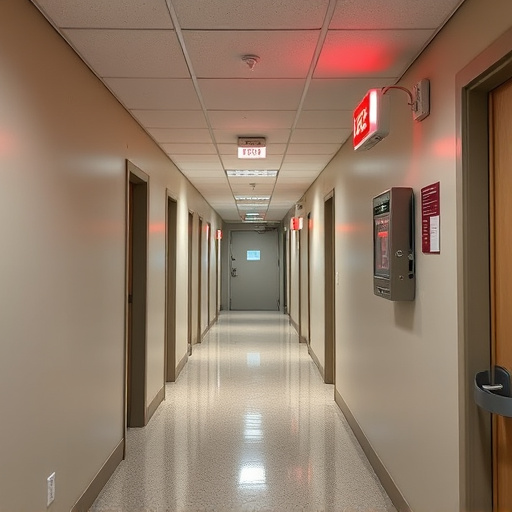
Trusting your instincts is one of the most powerful simple self-defense methods available. If a situation or person makes you feel uneasy, uncomfortable, or unsafe, it’s important to recognize and respond to this instinctive feeling. This could mean leaving a location immediately, seeking help from trusted individuals nearby, or calling emergency services. Your gut feelings are often your body’s way of warning you about potential dangers, so it’s crucial to pay attention and act on them.
By learning to recognize signs of danger—such as aggressive language, menacing gestures, or unusual behavior—you can take proactive steps towards ensuring your personal safety. These simple self-defense methods include maintaining awareness of your surroundings, keeping emergency contact information readily accessible, and knowing the best routes to safety in case of an emergency.
Stay Informed: Know Local Safety Resources
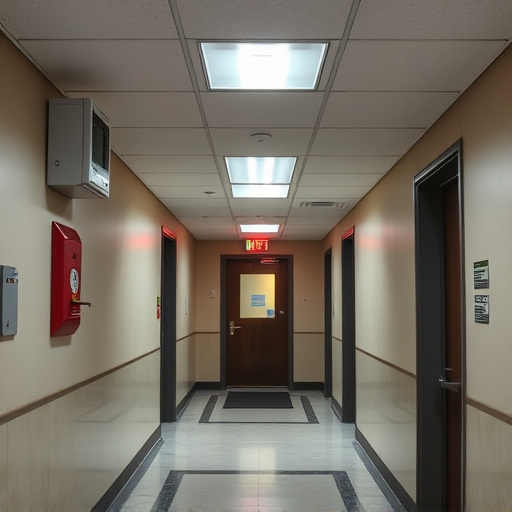
Staying informed is a crucial aspect of personal safety. Familiarize yourself with local resources dedicated to keeping your community safe. This includes police non-emergency numbers, community watch programs, and neighborhood watch groups. Understanding the lay of the land, knowing your surroundings, and being aware of potential hazards can significantly enhance your sense of security.
By staying informed about local safety initiatives and simple self-defense methods, you empower yourself to take proactive measures for your well-being. These resources can provide valuable insights into navigating unfamiliar areas, recognizing suspicious activities, and responding appropriately in emergency situations.
Practice Good Personal Habits: Enhance Security Daily

Incorporating simple self-defense methods into your daily routine is a powerful way to enhance personal security. Start with foundational habits like keeping your surroundings aware and vigilant, always staying alert and observing your environment. This mindfulness can help you identify potential threats early on. Regularly review emergency exits and safe routes in public spaces; know the location of nearby police stations or trusted individuals who can assist in case of an emergency.
Additionally, maintain a sense of security through consistent personal hygiene practices and proper dressing. Ensure you’re visible to others when out alone—wear reflective clothing during night walks or carry a flashlight. Simple self-defense techniques like knowing how to dial emergency numbers quickly and memorizing your home address can make a significant difference in emergencies. These habits not only boost your confidence but also serve as practical personal safety measures.
By implementing these straightforward DIY personal safety tips, you can empower yourself with greater security and peace of mind. From assessing your environment to mastering basic self-defense skills and staying informed about local resources, these best practices are accessible and effective. Remember, being proactive about your personal safety is a crucial step towards a safer, more secure life. With just a few simple adjustments, you can create a robust defense strategy using methods like simple self-defense methods, ensuring you’re prepared for any potential situation.

